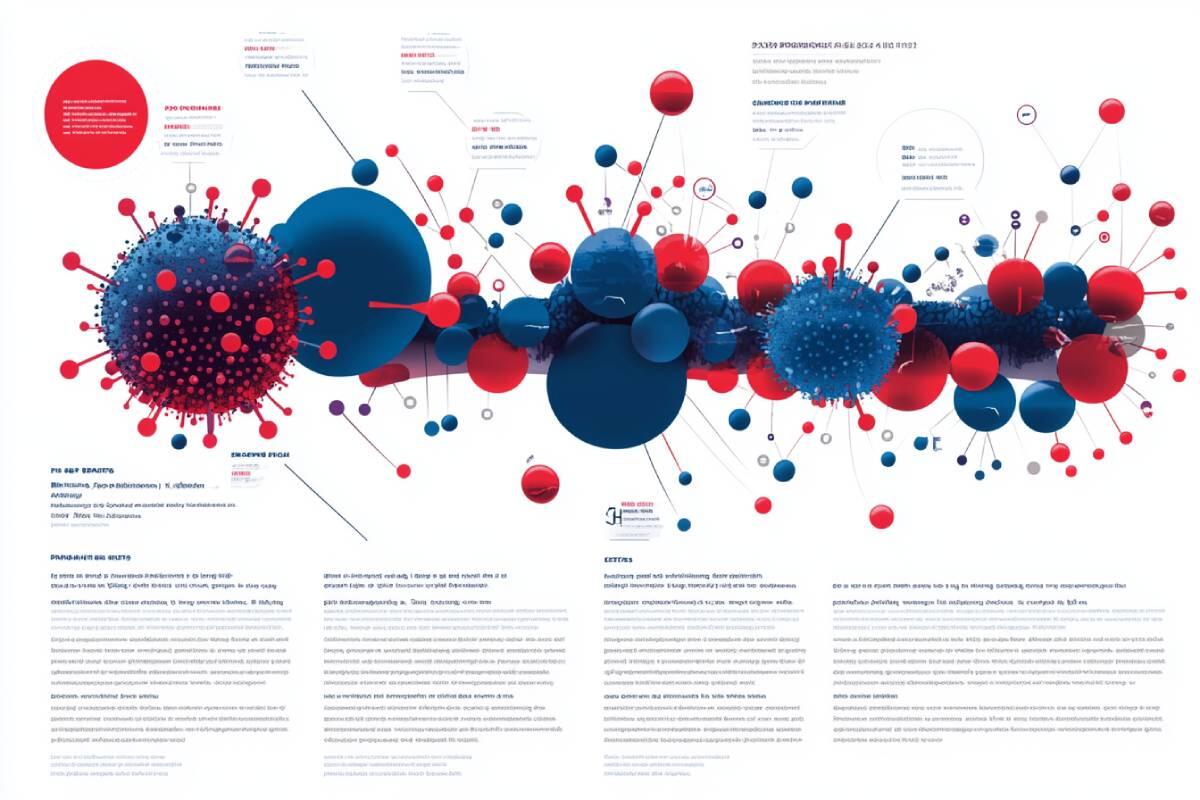PEP: What You Need to Know About Post-Exposure HIV Treatment
Sexuality is a natural part of adult life. Engaging in healthy relationships goes beyond momentary physical pleasure or family planning, bringing numerous benefits to quality of life.
Positive effects on cardiovascular and emotional health, strengthening of the immune system, and building affective bonds are just some of these advantages.
However, when connecting with others, it is essential to be aware of sexually transmitted infection (STI) prevention. In cases of risk exposure, post-exposure treatment, such as PEP, can be a highly effective solution.
What Is PEP?
The acronym PEP stands for post-exposure prophylaxis. Although still not widely known, it was developed as a HIV prevention strategy, aiming to prevent the human immunodeficiency virus from establishing itself in the body after an occasional high-risk sexual exposure.
If one of the partners has a positive HIV diagnosis, it is crucial that all involved are aware of this fact. If unprotected sex occurs or there is a condom failure, PEP can be the solution.
Responsibility is key to safe and healthy sexuality. In addition to various contraceptive methods, honesty and transparency are essential when dealing with STIs.
When and How to Use PEP?
Post-exposure prophylaxis (PEP) is an emergency measure recommended for people who may have been exposed to HIV in situations such as:
✔ Sexual violence;
✔ Unprotected sex (no condom or condom failure);
✔ Occupational accidents involving sharp instruments (especially in healthcare professionals).
⏳ Time is a crucial factor. PEP must be started within the first 2 hours of exposure and no later than 72 hours (3 days). The sooner, the better!
PEP works by preventing the virus from establishing itself in the body. The medication reduces HIV replication and allows the immune system to eliminate the virus before it causes infection.
🔹 How is the treatment done?
✔ Daily use of antiretroviral medication for 28 consecutive days.
✔ Side effects are usually mild (nausea and headache).
✔ The earlier the treatment starts, the higher its effectiveness.
PEP is like the "morning-after pill" for HIV, serving as an emergency prevention strategy.
What Is the Difference Between PEP and PrEP?
Besides PEP, there is PrEP (pre-exposure prophylaxis).
📌 Differences between PEP and PrEP:
✔ PEP: Used after a high-risk HIV exposure.
✔ PrEP: Taken before potential HIV exposure, as ongoing prevention.
PrEP can be taken daily, on-demand, or via injection, and works similarly to PEP by preventing virus replication if HIV exposure occurs.
📌 Important Note:
People with kidney or bone issues should be cautious when using PEP, but severe side effects are rare and can be monitored. Both strategies should be supervised by a doctor.
Debunking HIV: Myths and Facts
In the 1980s and 1990s, HIV caused widespread fear and concern. While awareness campaigns helped reduce new cases, negligence in condom use has led to a resurgence, especially among young people.
According to the Pan American Health Organization (PAHO), HIV remains a major public health issue. It is essential to combat stigma and misinformation.
📌 Myths and Facts About HIV:
✔ AIDS is the advanced stage of HIV infection. It is still incurable but can be controlled with medication.
✔ People with an undetectable viral load do not transmit the virus sexually.
✔ Blood tests are the only reliable diagnosis method. However, false negatives can occur due to the window period, so retesting after 15 days is recommended if infection is suspected.
✔ HIV is not transmitted through kissing, except in cases where there are open wounds in the mouth.
✔ Oral sex can also transmit HIV, just like any contact with semen, vaginal fluids, or mucous membranes.
✔ People with HIV do not need to separate their personal items, as the virus is only transmitted through semen, vaginal fluids, blood, and breast milk.
✔ Sharp objects can transmit HIV. Nail clippers, scissors, syringes, and needles must be properly sterilized.
✔ HIV-positive couples should still use condoms, as they may carry different strains of the virus.
✔ Not all babies born to HIV-positive mothers are infected.
Safe Sex Is Still the Best Solution
Using condoms remains the most effective and accessible method of HIV and STI prevention, such as syphilis and gonorrhea.
📌 Why use condoms?
✔ An affordable and widely available method.
✔ Drastically reduces the risk of HIV infection.
✔ Protects against other STIs, which may be treatable but can cause complications.
📌 In addition to condoms, PEP and PrEP are crucial strategies.
✔ To prevent HIV in cases of accidental exposure.
✔ Knowledge saves lives: the best prevention is the one that is actually used.
🔹 This article does not replace a medical consultation. Speak with your doctor and partner to ensure a healthy and safe sex life.
Bibliographic References
🔹 Fundação Oswaldo Cruz (Fiocruz) - PrEP and PEP
🔹 Pan American Health Organization (PAHO) - HIV/AIDS
🔹 UNAMA - 10 Myths and Facts About HIV and AIDS
🔹 Drauzio Varella - Prevention and Post-Exposure HIV Treatment
